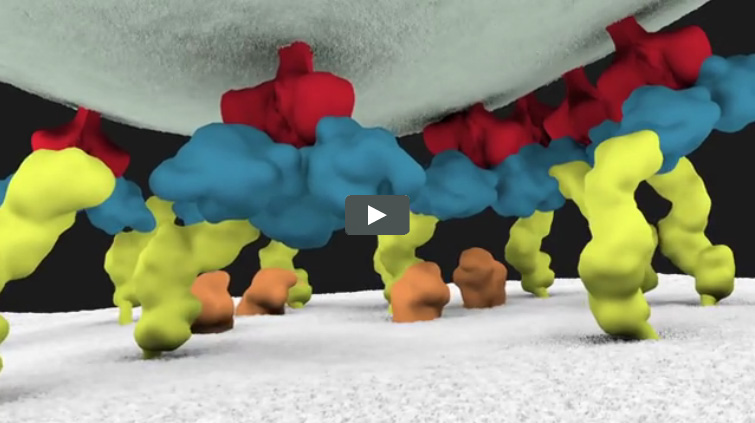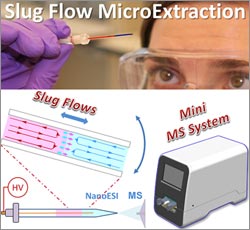
Has the “spring forward” time change left you feeling drowsy? While researchers can’t give you back your lost ZZZs, they are unraveling a long-standing mystery about sleep. Their work will advance the scientific understanding of the process and could improve ways to foster natural sleep patterns in people with sleep disorders.
Working at Massachusetts General Hospital and MIT, Christa Van Dort, Matthew Wilson, and Emery Brown focused on the stage of sleep known as REM. Our most vivid dreams occur during this period, as do rapid eye movements, for which the state is named. Many scientists also believe REM is crucial for learning and memory.
REM occurs several times throughout the night, interspersed with other sleep states collectively called non-REM sleep. Although REM is clearly necessary—it occurs in all land mammals and birds—researchers don’t really know why. They also don’t understand how the brain turns REM on and off.
Continue reading “Scientists Shine Light on What Triggers REM Sleep”








